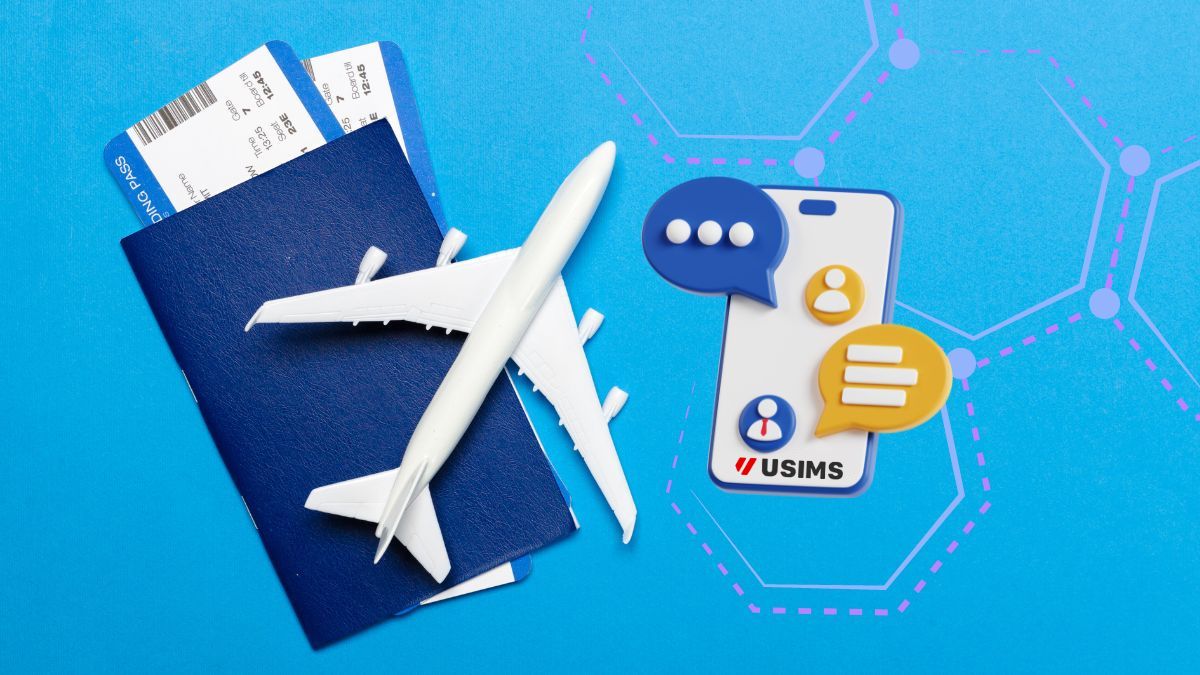Data Roaming Explained: What You Need to Know
Traveling internationally can be exciting, but surprise phone bills? Not so much. One of the biggest culprits is data roaming. In this article, we break down what data roaming actually is, how it works, how to manage it, and smarter alternatives so you can travel connected without draining your wallet.
What Is Data Roaming?
Data roaming occurs when your phone connects to a mobile network outside your home carrier’s coverage area—usually while traveling abroad. Instead of cutting off access, your carrier allows your device to “roam” on a partner network, so you can continue using mobile data for maps, email, messaging, and more.
The catch? It often comes with high fees and limited control over data usage.
How Does Data Roaming Work?
- Your home carrier has agreements with international carriers.
- When you travel, your phone connects to these partner networks.
- You use mobile data just like at home—but often at marked-up rates.
Depending on your carrier, you might:
- Be charged per megabyte.
- Be automatically enrolled in a pricey international plan.
- Be cut off after reaching a certain threshold.
Why Is Data Roaming Expensive?
Roaming fees cover:
- Access to foreign network infrastructure.
- The cost of data relayed across borders.
- Additional admin and regulatory fees.
Unless you have an international plan or alternative, roaming fees can add up quickly.

How to Avoid Roaming Charges
Here are simple, actionable steps to avoid getting hit with unexpected charges:
1. Turn Off Data Roaming
- Go to Settings > Cellular > Cellular Data Options.
- Toggle Data Roaming OFF.
2. Use Wi-Fi Whenever Possible
- Stick to hotel or café Wi-Fi for browsing and streaming.
- Use apps like WhatsApp and iMessage over Wi-Fi.
3. Get a Travel eSIM
Use an eSIM from USIMS to access reliable local data plans without switching physical SIMs.
Benefits:
- Affordable local and regional plans
- Easy activation from anywhere
- No roaming charges
4. Monitor Your Usage
- Use built-in data tracking tools on your phone.
- Reset data counters at the start of your trip.
Roaming vs. eSIM: Which Is Better?
| Feature | Traditional Roaming | USIMS eSIM |
|---|---|---|
| Cost | High, unpredictable fees | Affordable, prepaid plans |
| Setup | Automatic, but inflexible | Instant activation via app |
| Device Compatibility | Most phones | Check your device here |
| Control | Limited | Full transparency and control |
For more on how to switch to an eSIM, read our eSIM Transfer Guide.
Conclusion
Data roaming doesn’t have to be confusing—or expensive. By understanding how it works and taking a few preventative measures, you can avoid sky-high bills and stay connected wherever you go.
Ditch unpredictable roaming fees and switch to smarter mobile travel with a USIMS data plan. It’s fast, easy, and designed for travelers like you.



